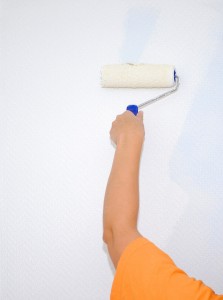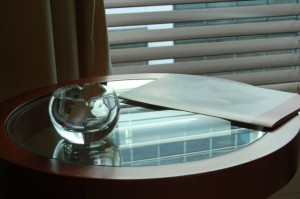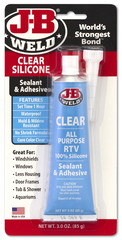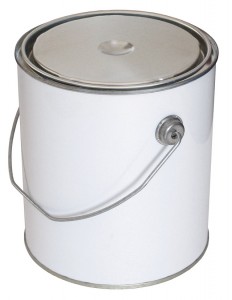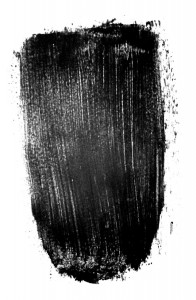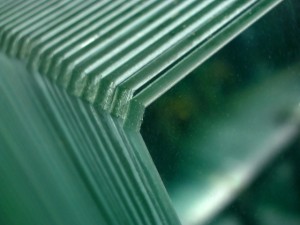Priming for glass paint projects?
The need for priming surfaces when painting
A primer is a specialty paint that’s designed to improve the finished paint project. Surfaces that take paint have natural variations that you may not see with your eyes, but paint will find and react to. Some paintable surfaces, for example, are very porous; others, not so much. Drywall is a good example of a porous surface. The porosity (yes, that’s a word) of drywall may vary between all the sheets of drywall in a room. The more porous pieces of drywall will absorb more paint, and less porous sheets will absorb less.
If you start painting with paint, the drywall will absorb more paint in some spots than in others, and your finish coat will look uneven. Primer is a kind of paint, but it’s less expensive than high quality paint. By starting with primer, the drywall can absorb less expensive primer, leaving more of your high quality paint on the wall.
Glass isn’t a porous surface, so absorption of paint isn’t the issue. With glass, the issue is getting the paint to stick to the glass at all! Ordinary paint won’t stick to glass. It might dry on a glass surface, but because the glass doesn’t absorb paint, the paint won’t stick. Even simple “insults” like handling, humidity, exposure to UV light and contact can damage regular paint on glass.
So how does our paint stick to glass? Glassprimer™ glass paint is specially engineered to bond with the glass surface by changing the glass surface. Nanotechnology, which is unique to our paint creates a truly permanent bond with the glass as the paint cures. This special engineering “primes” the glass as it is applied, and ensures that our paint will bond to glass, plexiglass and other surfaces that typically don’t take paint very well.
If you’d like more information about working with glass paint, please check out the rest of our site. If you’d like to purchase Glassprimer™ glass paint, please visit our online store .
Photo Credit: Ove Tøpfer , via FreeImages.com

